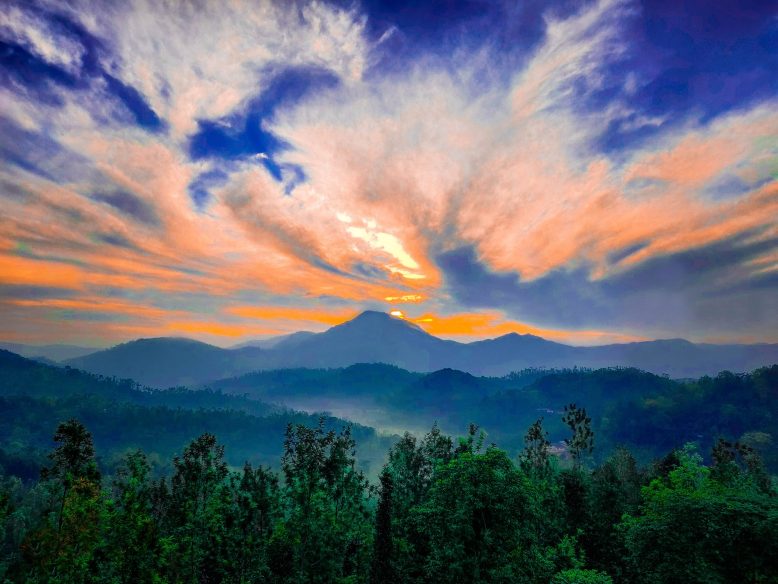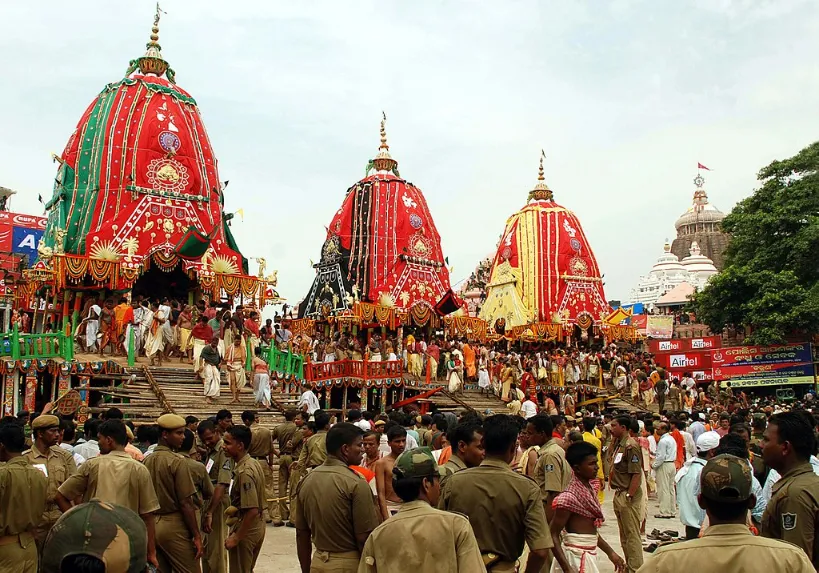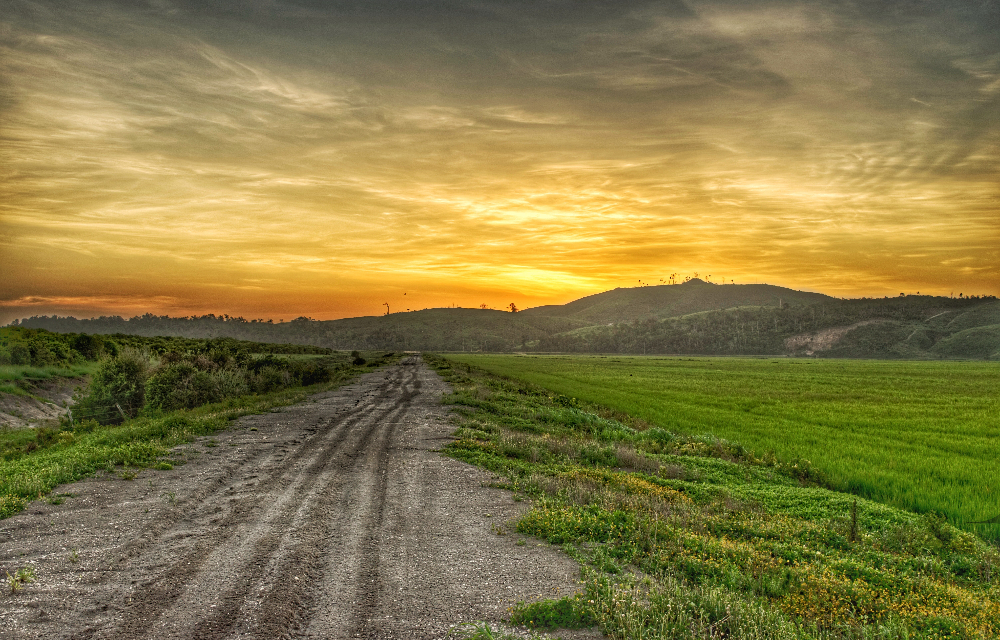
On Google Maps, Odisha appears as a vast landmass, landlocked on one side and bordered by the sea on the other. The exquisite craftsmanship of the Konark Sun Temple, the holy Lord Jagannath Temple, the enthralling ancient caves, classical Odissi dance, and the divine beauty of Chilika speak volumes about the state’s prosperous heritage and the glorious culture of Odisha. Cradled between the sun-kissed beaches of the Bay of Bengal and the dense forests of the Eastern Ghats, my experience in Odisha was sublime and aesthetically invigorating. Here are musings from some of my best memories of exploring rural Odisha.
A Peek into the Tribal Culture of Odisha
It was the winter of 2017. I bid Bhubaneswar, an ancient city and the state capital of Odisha, farewell with conflicting feelings. I booked a Savaari and travelled through eerily quiet sal forests late at night, with barren white ghost trees shimmering under the moonlit sky. As my adrenaline and curiosity surged, I crossed flowing rivers to reach remote tribal settlements.
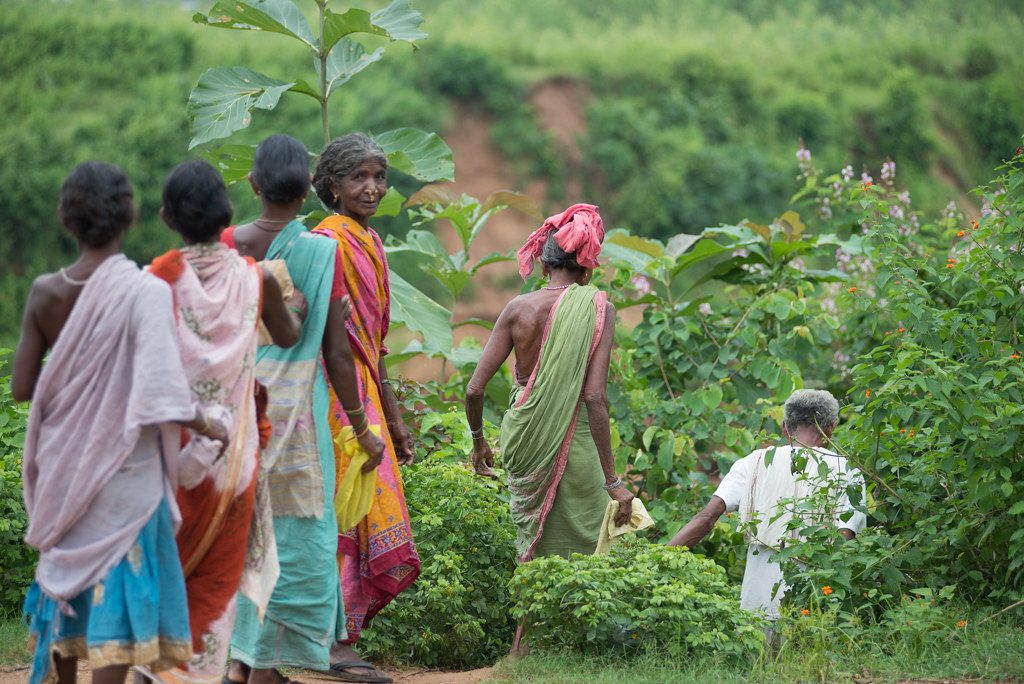
I headed to an off-grid tribal village deep in the forest. Koraput, in Odisha, is a natural retreat with a slow pace of life, covered in thick forests and dotted by pristine waterfalls and deep valleys. The village is home to various Odisha tribes, and exemplifies the vibrancy of rural life and rich folk culture. The region’s bustling and lively tribal market is located in the heart of Koraput, where visitors can immerse themselves in the vibrant culture of the tribals. Because it was winter, I loved waking up in the morning to a dream-like misty garden where the obscure Nilgiri trees stood tall, waiting for the sunlight to break their trance.
[Also read: Things to do in Puri | A Complete Travel Guide]
Exploring the Tribal Haats and Bazaars
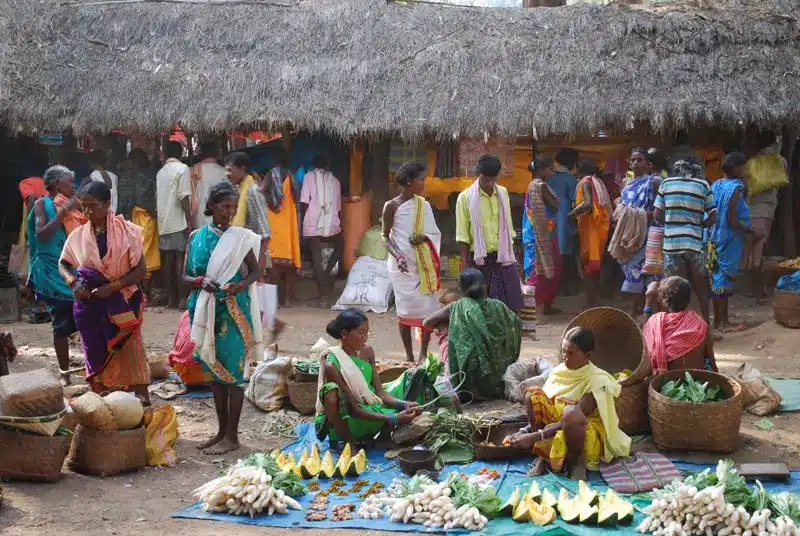
I visited Koraput’s renowned markets, known as “tribal haats”. The haat is the lifeline of the rural economy, where locals find items for their daily needs. It also serves as a sort of outing for tribal communities, allowing them to bring their produce to the open market. They provide tourists with a one-of-a-kind opportunity and experience to interact with locals and learn about their culture. The Onkadelli Market, a weekly market which is hosted in the Onkadelli village, located about 70 km from Koraput, was abuzz, with vegetable stalls, hawkers selling live chickens, stray cows wandering between the stalls, and a police patrol team going around. This is also where tribes gather to sell forest produce and alcohol.
[Also Read: Bastar Tribal Art]
Excavating Odisha’s Tribal Cuisine and Art
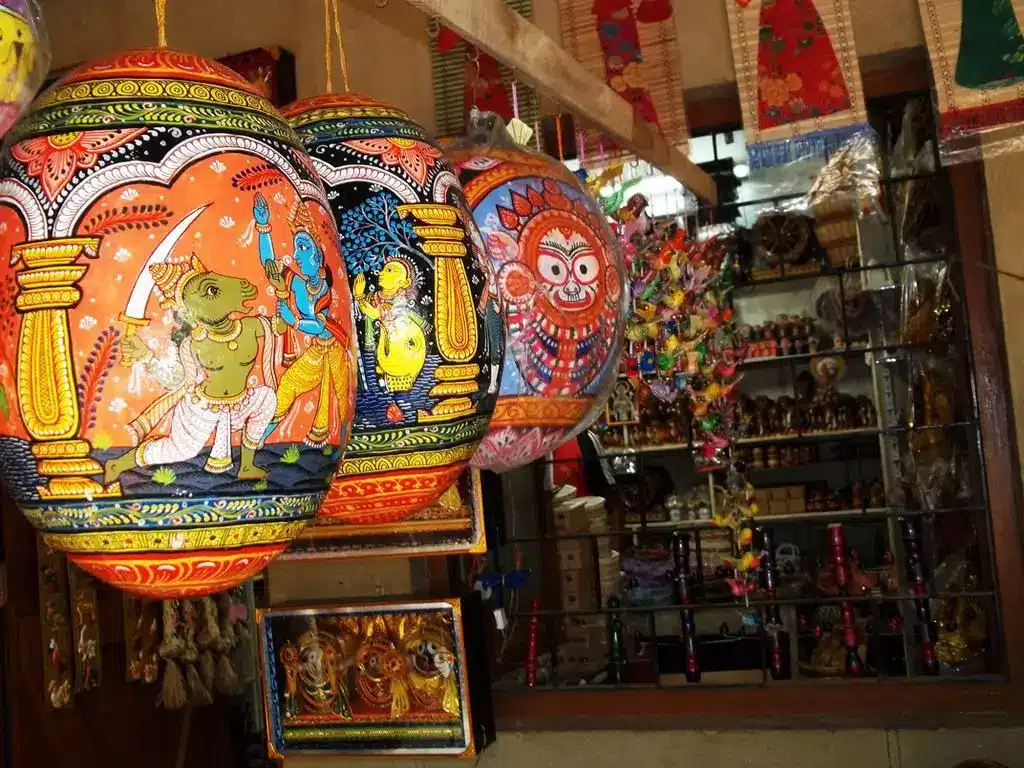
There is a variety of alcohol like those made with rice, mahua flowers, and the fruit of the palm tree. I drank a homemade fermented rice brew with a nutty texture in a leaf cup in a local haat. I met a lovely family fermenting mahua liquor in a boiling pot under a grand old mahua tree. Even though it was just after breakfast, they wouldn’t let me leave without trying some delicious hot potent brew in a leaf cup. After the wholesome hot brew, I embarked on a shopping spree. The market sold local produce, clothes and traditional art and crafts made out of bamboo and cane. I purchased a beaded necklace, a pair of earrings and wood art to soak in the artsy culture of Odisha. There is some room for bargaining, but given that this is their sole source of income, I chose to spend my money with them rather than with the high-end stores.
Traversing through the Majestic Hills, Forests and Waterfalls
I’ll never forget that late-night rush of freedom that gripped me as I stood beneath the torrential spray of the gushing Duduma waterfall! This stunning waterfall, located approximately 7 kilometers east of the Onkadelli Market, cascades down the side of a gorge from a height of 175 meters. The water tears through the rugged rocks of the Eastern Ghats and the dark green deciduous forest that is so common in this region. It creates an exhilarating scene amid the rustic greenery that runs along the border of Andhra Pradesh and Odisha.
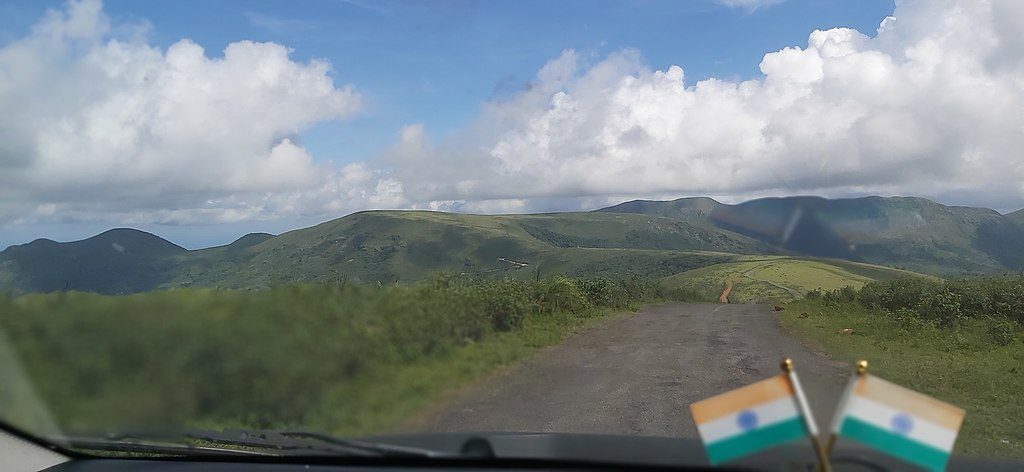
The Deomali hills were up next for me. I felt like I was sailing through the clouds on the two-hour drive from Koraput. This mountain range is rich in mineral resources such as bauxite, limestone, and gemstones, and it is home to tribes such as the Kandhas, Parajas, Bhumia, Malis, and Bhotias. Don’t forget to bring some sweets with you because you’ll meet some adorable kids working in the hills with their parents! I stopped to spend some time with them as well, and it was heartening to learn that they are all pursuing their education in nearby government schools. The view of the valley from Deomali’s peak is the quintessential Odisha experience. At dusk, I watched the sunset spread its orange and pink hues over the valley, with birds chirping in the background.
[Also Read: 15 Must-Visit Picturesque Villages of India]
Lessons Learnt through Rural Culture of Odisha
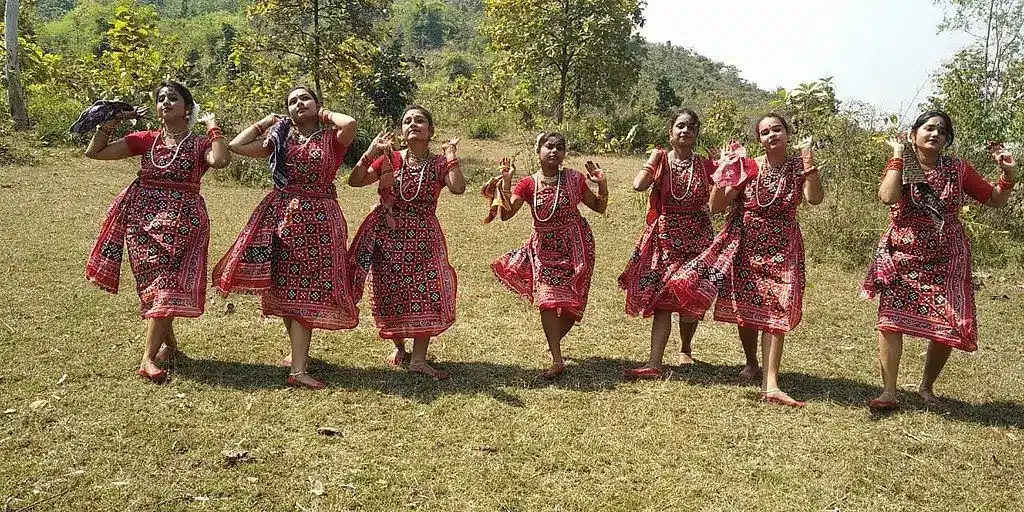
I believe you learn something every time you travel. Many changes occur in a person’s personality, perspective, and potential during their trip. I had never heard of the indigenous way of life, which emphasizes sustainability and caring for one’s surroundings. It has taught me to be more responsible and conscious of my surroundings. Nonetheless, as I spent time with the Odisha tribes, I felt a deep pang of sadness. The old rituals, traditional clothing and hairstyles, social interactions in the forest, and tribal haats have all succumbed to the influences of modernity.
While living with tribal families and hearing stories of socially progressive customs, I had one lingering thought. The current generation of tribal elders represents our last opportunity to preserve India’s ancient indigenous knowledge for living in harmony with nature. Their children, who are still indebted to the forest, could easily be trained as naturalists, guides, and conservationists rather than being a source of menial labour. Instead of labelling them as “backward,” we should recognize the centuries of wisdom they’ve accumulated from living in harmony with the land. Travelling and soaking in the culture of Odisha reminded me of what we stand to lose as we move “forward” in a world wrought with materialistic greed and environmental degradation.
Oh, and you won’t find networks or WiFi connections in most places, but I guarantee you’ll be the most connected with yourself here. The area is relatively safe to explore, but as with any other location, caution is advised.
Last Updated on January 30, 2024 by Swati Deol



